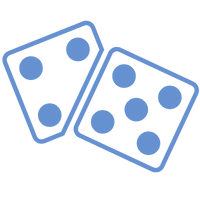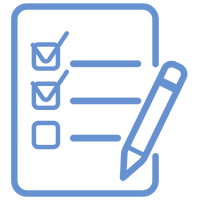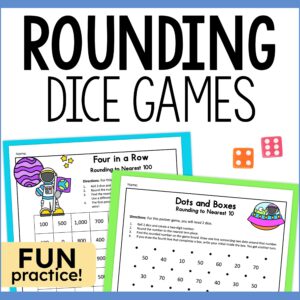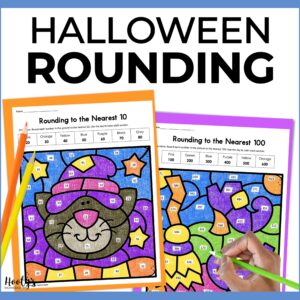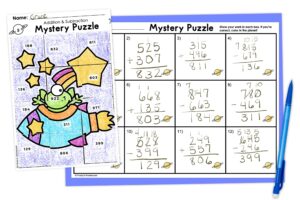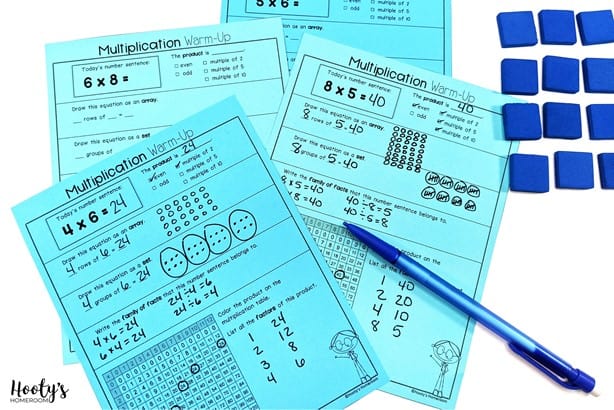
When teaching multiplication fluency, there were times I felt like banging my head against the wall. Despite my efforts, I was slowly (and painfully) dragging my students towards fact fluency.
It was like walking through quicksand. I was putting forth a great deal of effort, but my students weren’t making much progress.
Have you ever felt this way?
Multiplication fluency is crucial for math success. The question is…how can we teach multiplication fluency efficiently, effectively, and painlessly?
It took some time, but I came up with a simple plan that worked for all my students.
4 steps that worked with my 3rd-grade students:
- Work at the conceptual level with models
- Break up facts into manageable chunks
- Practice each level until it’s mastered
- Reinforce with mixed practice
Step 1: Concrete understanding
Many students memorize multiplication facts without understanding what multiplication really is. Students can be taught this way, but it isn’t efficient and it doesn’t develop number sense.
There are many ways to support learners with concrete understanding:
- Build arrays
- Put objects into groups
- Work with number lines
- Relate multiplication to repeated addition
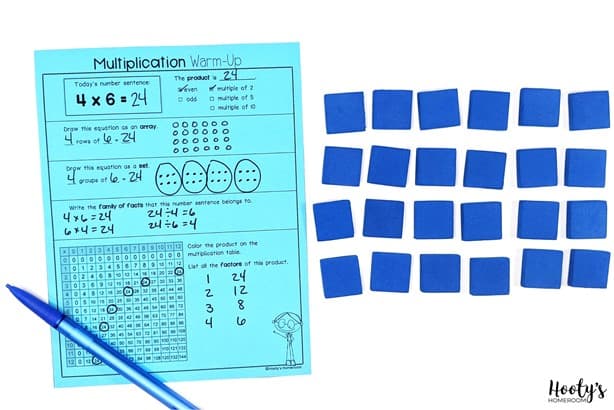
The more experiences students have at this level, the easier it will be for them to master multiplication facts.
One way to ensure that students get the repeated practice they need, it to make this an integral part of the day. These activities are perfect for math warm-ups or math stations.
Step 2: Bite-sized pieces
Instead of having students work on 100 facts all at once, break up the facts into manageable bite-sized pieces. By working on one factor at a time, students can make connections and actually memorize facts faster.
Along with this approach, I highly recommend teaching kids to skip count. I do this with catchy tunes. Students who struggle with rote fact memorization can rely on skip counting and can increase fact fluency.
Step 3: Practice, practice, practice
Once students are familiar with skip counting for a particular factor, have them practice at that level to increase fluency. If you don’t use it, you lose it. Practice is a great way to move multiplication facts from short-term to long-term memory.
Beware of drill and kill! Practice is important but it doesn’t have to be tedious. There are fun ways to keep students interested and engaged.

Step 4: Mix it up
Once kids have worked through steps 1-3 for each set of facts, the final step is to mix it all up. Be sure to include fun multiplication games at this stage. It’s important to keep students engaged. Unfortunately, some students are pushed into step 4 before they are ready. Not only does this slow progress, but it also builds frustration and self-doubt.
That’s it!
Rinse and repeat as needed to support your students. Multiplication fluency takes time but doesn’t have to be painful (for you or the kids).
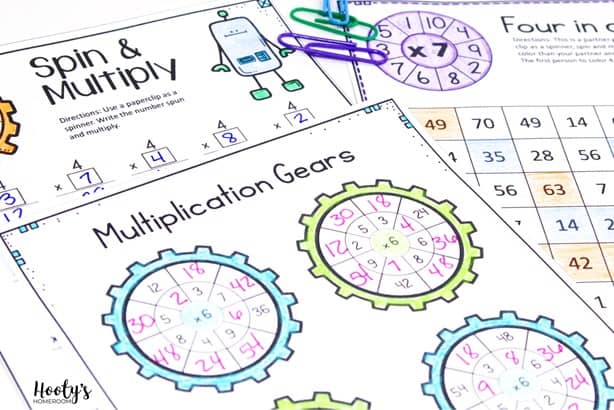
There are a bazillion multiplication resources available on Pinterest. These resources are easy for you to create. However, if you want to save time, you can get the exact multiplication activities I used with my 3rd graders.




